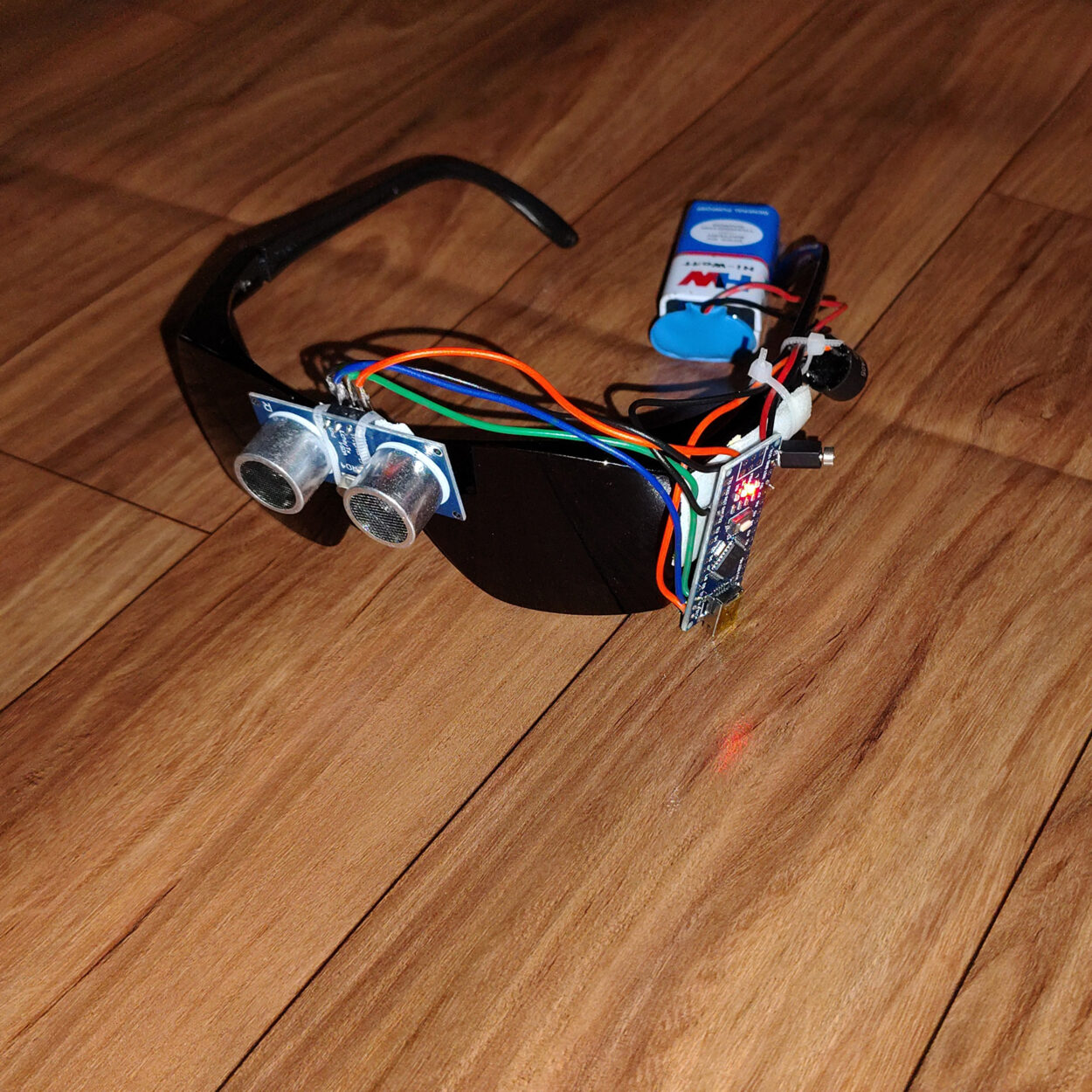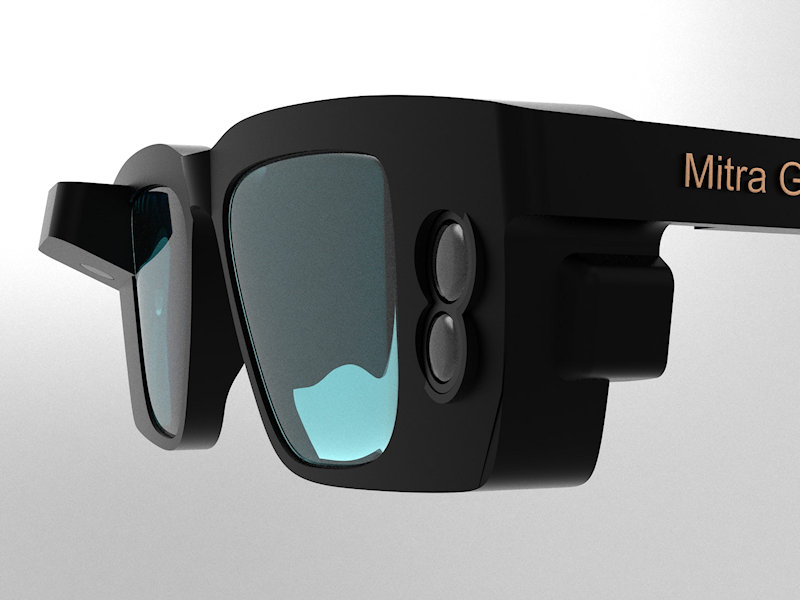Voice-Activated Assistive Devices: Empowering the Visually Impaired Through Innovation
Voice-Activated Assistive Devices: Empowering the Visually Impaired Through Innovation
Blog Article
Enhancing Ease Of Access Via Assistive Modern Technology for the Blind
The assimilation of assistive innovation for the blind represents an essential development in ease of access, fundamentally changing how people navigate their atmospheres and engage with society. As we explore the varied types of assistive gadgets and their substantial impacts on daily living, it ends up being necessary to examine how ongoing technological developments are reshaping the landscape of support for the blind community.
Summary of Assistive Modern Technology
Assistive innovation refers to a series of tools and software made to enhance the capabilities of individuals with impairments, including those who are blind or aesthetically damaged. This innovation plays a critical duty in advertising self-reliance and enhancing the lifestyle for users. By giving alternate techniques for accessing info and executing everyday tasks, assistive innovation encourages people to browse their atmospheres better.
The development and application of assistive technology welcome a selection of principles aimed at cultivating access. These principles include user-centered design, which prioritizes the demands and preferences of the individual, and the integration of innovation into day-to-day activities. Such advancements guarantee that assistive tools are not just practical but simple and additionally intuitive to use.
In addition, assistive modern technology includes a diverse range of solutions, from low-tech choices like magnifiers to sophisticated developments such as display readers and Braille screens. The continuous evolution of this area is driven by the need to address the unique obstacles encountered by individuals with visual problems (Wearable technology for low vision). As modern technology proceeds to advancement, the capacity for boosting ease of access and advertising inclusivity stays promising, eventually adding to an extra equitable culture

Kinds of Assistive Tools
Numerous sorts of assistive devices are readily available to support individuals that are blind or aesthetically impaired, each developed to resolve specific requirements and challenges. These gadgets can be broadly classified into 3 main kinds: low-tech, mid-tech, and high-tech services.
Low-tech devices consist of items such as magnifiers, Braille tags, and tactile maps. These are fairly basic tools that enhance the customer's capability to communicate with their atmosphere without needing complex technology.
Mid-tech gadgets typically entail advanced functions, such as digital magnifiers and mobile Braille note-takers. These tools can use functionalities like speech result, enabling customers to access information a lot more efficiently.

Influence on Daily Living
The availability of various assistive tools significantly improves the high quality of life for individuals who are blind or visually impaired, impacting their daily living in extensive means. By incorporating technologies such as screen viewers, Braille presents, and audio description services right into their regimens, customers obtain better autonomy and independence. These tools help with access to details, making it possible for people to execute day-to-day jobs, such as reading emails, browsing public spaces, and enjoying media material.
In addition, assistive gadgets empower individuals to involve even more totally in social communications and area tasks. The capability to use smart devices equipped with availability features enables for seamless communication and link with others. This connectivity fosters a feeling of belonging and minimizes feelings of isolation.
In professional setups, assistive innovation supports performance by permitting individuals to full job jobs effectively. Tools like voice recognition software application and specialized zoom gadgets allow individuals to get involved in the labor force on equal footing with their sighted peers.

Improvements in Modern Technology
Current technical advancements have dramatically transformed the landscape of devices available for individuals that are aesthetically impaired or blind. The assimilation of synthetic knowledge (AI) and machine learning has actually offered increase to applications that boost navigating and things recognition. As an example, smart device apps can now utilize AI to recognize and explain environments in real-time, supplying customers with useful contextual information.
Furthermore, advancements in haptic innovation have led to the growth of clever canes geared up with sensing units that discover barriers and give tactile feedback. This encourages users to navigate their environment with increased confidence and independence. Advancements in text-to-speech software and braille display screens have improved the accessibility of digital web content, allowing for smooth communication with different media.
Wearable technologies, such as clever glasses, are also making strides in helping visual disability. These gadgets can give enhanced reality experiences, overlaying critical details onto browse this site the user's field of view. Collectively, these developments not only boost the quality of life for individuals that are blind but also advertise better addition in culture. As technology remains to evolve, the potential for much more transformative tools remains imminent.
Future Trends and Innovations
As modern technology swiftly progresses, the future of assistive tools for individuals that are blind holds tremendous pledge. Developments in expert system (AI) and equipment learning are poised to change the way blind customers connect with their environments. For instance, AI-driven applications are being developed to boost object recognition, enabling individuals to determine and navigate their environments with better simplicity and accuracy.
In addition, advancements in haptic feedback innovation are enabling the development of responsive maps and navigating aids that provide real-time information with touch. These advancements not just boost wheelchair yet additionally foster freedom. Additionally, wearable devices geared up with enhanced fact (AR) functions are arising, using customers aesthetic info with sound summaries, therefore bridging the void in between the physical and digital worlds.
Additionally, the integration of clever home innovation provides new opportunities for ease of access, enabling individuals to regulate their living settings via voice commands or smart device applications. As cooperation between technology programmers and the blind area continues, the focus on user-centered layout will certainly make certain that future advancements are tailored to fulfill the one-of-a-kind requirements of this population (Wearable technology for low vision). The trajectory of assistive technology promises a much more empowering and inclusive future for individuals that are blind
Final Thought
Finally, assistive technology plays an essential duty in boosting availability for individuals with aesthetic impairments. The varied range of devices, consisting of screen readers and clever walking sticks, significantly boosts everyday living and cultivates self-reliance. Constant innovations in modern technology and user-centered design ensure that these devices provide efficiently to the one-of-a-kind demands of the blind neighborhood. As advancements development, enhanced inclusivity and empowerment can be expected, inevitably improving the lifestyle for those impacted by aesthetic impairments.
The assimilation of assistive technology for the blind stands for a crucial improvement in availability, fundamentally modifying how people browse their environments and engage with society.Assistive modern technology refers to a range of gadgets and software program designed to improve the capabilities of individuals with specials needs, consisting of those who are visually impaired or blind. Wearable technology for low vision.As my blog innovation quickly proceeds, eyeglass exam the future of assistive devices for people that are blind holds tremendous promise. The trajectory of assistive technology promises a more inclusive and empowering future for individuals who are blind
In verdict, assistive modern technology plays a critical duty in boosting availability for people with aesthetic problems.
Report this page